The Pros and Cons of 5 Diets for Triathletes
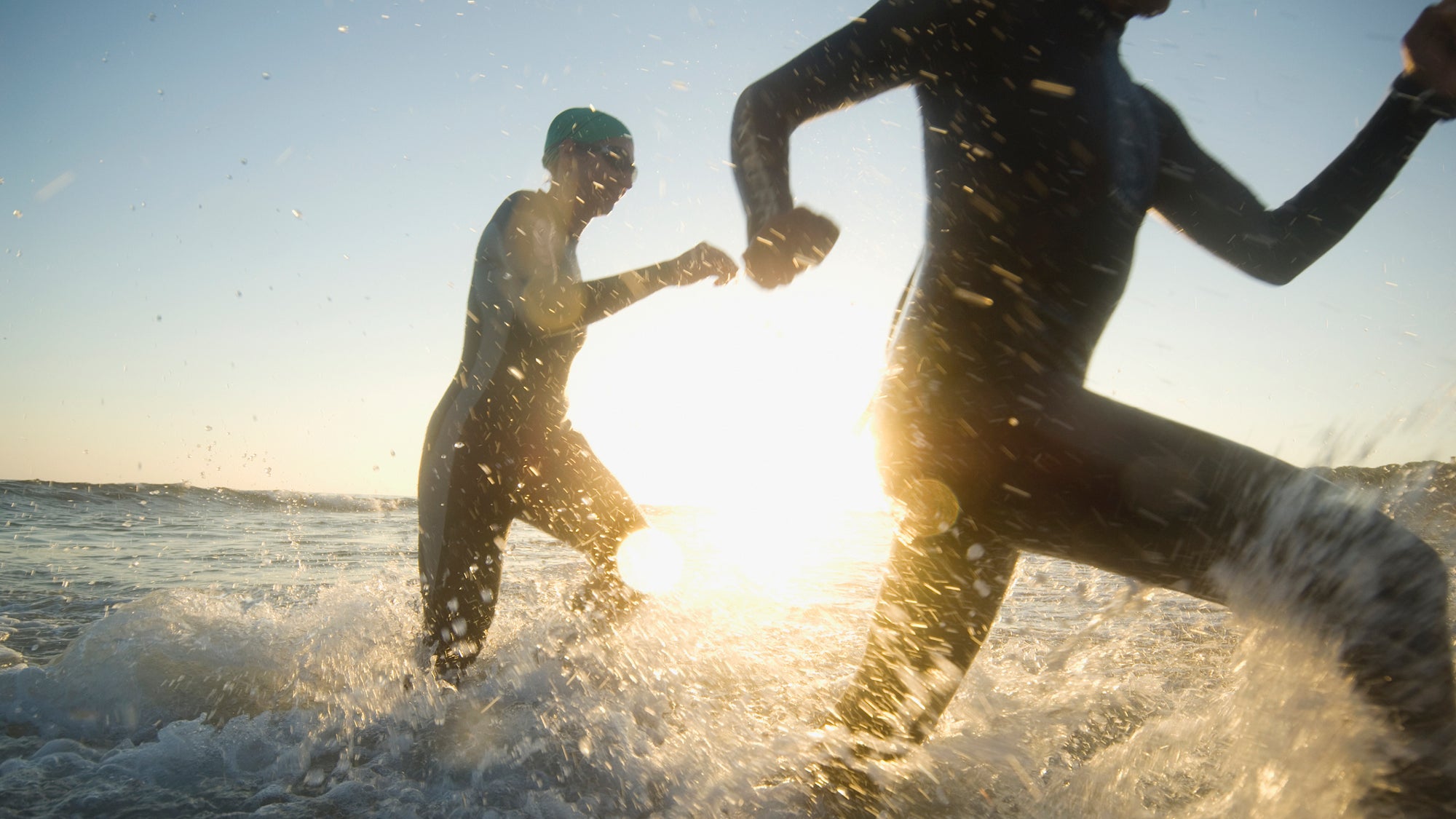
Photo: Erik Isakson
“No matter what diet you follow, getting in sufficient amounts of calories around training is essential for performance,” says Shawn Wells, a certified sports nutritionist, nutritional biochemist, and registered dietitian. “If you are trying to perform optimally and improve as an athlete while following a typical calorie-restricted, weight-loss diet, you are probably not going to get those time-trial PR’s very often, if at all. Under-fueling as an athlete leads to under-performing.”
If you don’t give your body the resources it needs while training, it will start to catabolize and become less resilient, leading to deep fatigue, bonking during races and training, injuries, and illness.
How do you know if you’re getting enough? “A good general guideline is 1.2 to 2 grams of protein per kilogram of body weight,” Wells says.
Depending on the diet, between 10-60% of caloric intake can come from carbohydrates. As an athlete, you typically need more than a sedentary person, but keeping carbs to a level that is just the right amount for peak performance and not over is ideal.
Of course, if you don’t feel you have the hang of it, consulting a nutritionist at the beginning of your season or triathlon journey is a gift that’ll keep on giving. They can help you interpret body signals you may have learned to ignore to keep your fueling on track.
The second rule: Eat enough carbs. Monitor your energy levels, but “start with 15-20g of carbs before a training session, and titrate upward from there; your overall calories will depend on your goals,” Wells says.
“Keep a record of how you feel after eating different amounts until you feel like you are performing at your best.”
When it comes to good fats, Wells advises eating satiating foods like avocado, nuts, seeds, extra virgin olive oil, and grass-fed animal fats. Oily fish, like salmon or mackerel, also maximize omega 3 intake for optimal brain health.
The Pros and Cons of 5 Diets for Triathletes
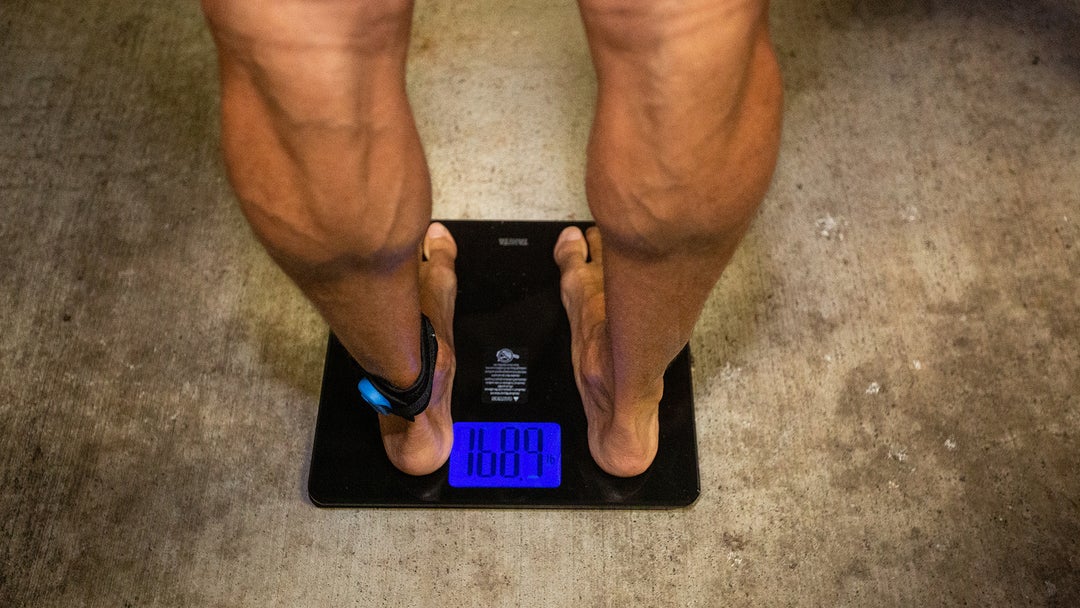
We get it. Some of you crave rules and the camaraderie of being on a specific diet. With the help of Phil Catudal, a National Academy of Sports Medicine-certified personal trainer, learn how these five popular diets for triathletes may affect your triathlife.
Paleo
Consuming only foods your ancestors would have hunted and gathered: Meat, fish, vegetables, nuts, and seeds.
Pros: Wells says it’s an ideal way to focus on eating nutrient-dense foods, and eating only whole food sources will limit spikes and crashes in energy that come with processed, sugary foods.
Cons: Most athletes need between 3-6g of carbs per pound of their body weight per day, and Catudal says the “restrictive” Paleo diet limits critical sources of good energy, like grains and legumes. He adds that it’s easier to keep glycogen high when eating simple and complex carbs.
Whole30
A 30-day reset diet forbidding alcohol, dairy, grains, beans, legumes, processed/packaged foods, and artificial sweeteners.
Pros: Whole30 gives the digestive system a break, and Wells recommends it to people struggling to lose weight or struggling to eat healthy. Experts also say that Whole30 rewires the brain to crave whole foods.
Cons: Restrictive and limiting for athletes with higher energy demands, as this diet requires lots of prep. It’s easy to cut out foods that your body responds well to and requires for recovery and performance.
Ketogenic
The premise: Limit carbohydrates to 10 percent of intake, and use fat as fuel.
Pros: Wells, who has followed the Keto diet for over 20 years, says to expect improved cognition and mental performance during exercise, as well as reduced oxidative stress on the body.
Cons: Be cautious of ‘Keto flu’ symptoms like muscle cramps, fatigue, and headaches while adapting (supplementation is key to avoid this). There’s also potential gastrointestinal distress due to high fat load.
Wells warns that high glycemic index carbohydrate withdrawal may lead to intense hunger or cravings for junk food and that relying on processed keto snacks will affect body composition and performance. Some research also shows male athletes respond better than women do.
Train Low, Compete High
Similar rules to Keto, but adding strategic carbohydrates to optimize performance.
Pros: Wells recommends this is as the healthiest long-term diet for athletes by incorporating this strategy into Paleo, Keto, and Whole30 by tweaking the carbohydrate timing around races and key workouts.
Cons: Wells says training too low, too often can lead to under-fueling and passing the point at which you achieve the unique adaptations that come with training in a glycogen depleted state. Also, eating a low carb diet while doing high intensity training can be detrimental to long-term performance and leave you feeling exhausted and run-down.
High-Carbohydrate Diet/Carb-Loading
Age-old theory: Fuel with high carbohydrate foods.
Pros: Quick and readily-used source of fuel for muscles, easy to consume gels and liquids during races.
Cons: High intake of simple carbohydrates over the long term can sometimes be detrimental to overall health: Blood sugar spikes can occur when intake isn’t properly managed, which can cause fluctuating energy levels. Those with blood sugar issues, like triathletes with diabetes, should be particularly wary of this strategy. Too many carbs or high-fiber foods can also cause digestive issues.
Are Food Allergies to Blame?
Gut constantly upset? Trouble recovering? Food allergies may be to blame.
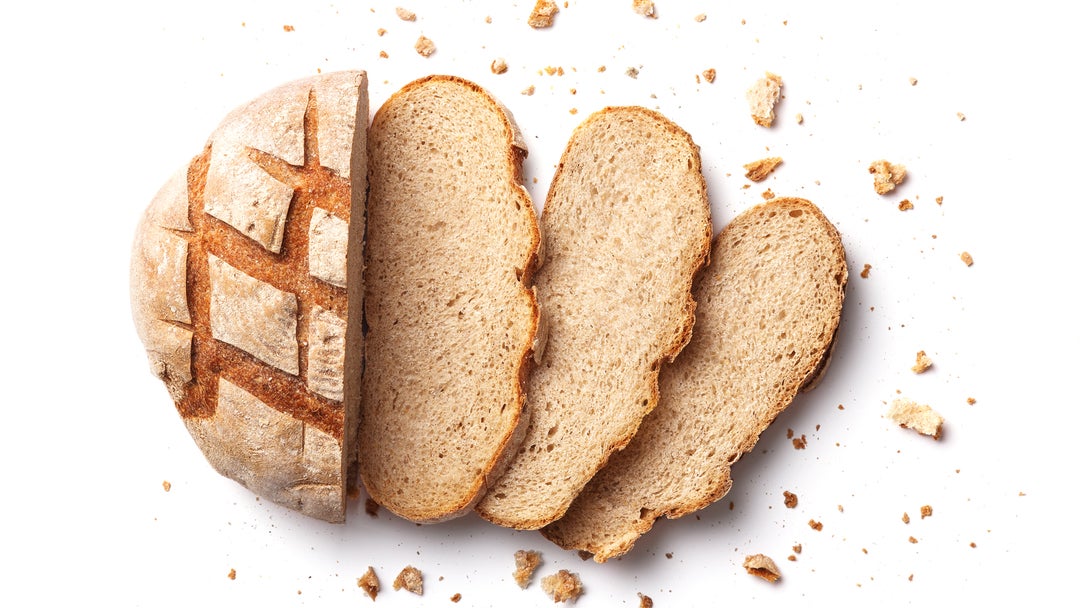
Gluten
Catudal notes that people who cannot tolerate gluten–which is found in popular recovery foods like pasta and bread, as well as energy bars and some gels–will experience performance-hampering inflammation, diarrhea or constipation, digestive issues, and headaches.
Soy
Soy is found in protein bars and powder, tofu, low-fat peanut butter, and deli meats. Catudal points out that it can cause skin irritation, nausea, vomiting, and inflammation. As soy is a low-quality protein source, it isn’t ideal for performance.
Dairy
Up to 65 percent of adults have a “reduced ability to digest lactose.” Catudal says be wary of cramps, bloating, and stomach issues after eating recovery foods like protein powder, yogurt, or milk, and only consume caloric cream and cheese in small amounts.
Nuts
The American Academy of Allergy, Asthma, and Immunology reports that one percent of Americans are allergic to nuts. Watch out for nut butter and energy bars that contain nuts, and be wary
of symptoms like difficulty swallowing and shortness of breath.
Eggs
Catudal notes that while eggs are high-quality protein and a staple in many triathletes’ diets, some people can have an allergy. Typical reactions to watch out for include stomach pain, vomiting, diarrhea, eczema, trouble breathing, and a fast heartbeat.
Smart Tools: Bespoke Nutrition
It’s no surprise that personalized nutrition is booming, and experts predict the market will reach upwards of $11.5 billion by 2025. From ‘curated’ supplements arriving reliably at your doorstep each month to a frying pan that will save the nutritional information of your go-to pre-race meals, this is what 2020 has in store.
Lumen (Lumen.me)
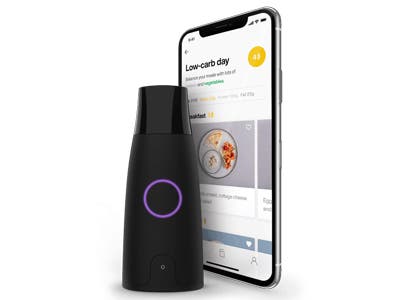
Billed as a “nutritionist in your pocket,” Lumen is a handheld device that allows you to measure your metabolism in one breath. Whether you want to lose weight or optimize your workouts, Lumen ($300) uses a CO2 sensor and flow meter to determine whether your body is using carbs or fats as fuel. Based on the results, Lumen will provide personalized nutrition recommendations and guidance on sleep, diet, exercise, and wellness for that day via its corresponding app.
Smartypans (Smartypans.io)
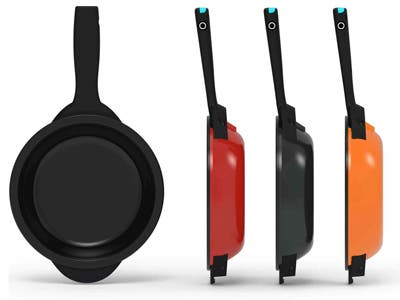
Leave it to a Silicon Valley-based startup led by a nutritionist/engineer sibling duo to leverage Bluetooth, artificial intelligence, and advanced sensors to truly create a ‘smart cooking’ game-changer. SmartyPans, recently announced as an honoree in the health/wellness category at the Consumer Electronics Show 2020 Innovation Awards, seeks to “enhance cooking at home by automating the preparation of healthy and nutritious meals.” The pan ($230) provides weight information, alerts, real-time nutritional information, and also records/stores recipes while the user cooks.
Base (Baze.com)
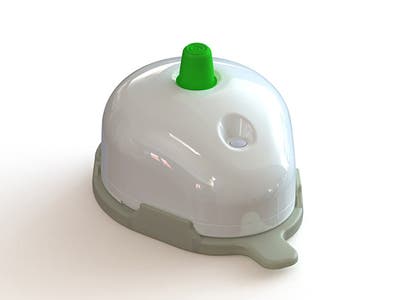
Think of Baze, the first blood-based at-home nutritional testing kit, as the “smarter way to supplement.” The starter kit ($100, including first month of supplements) allows users to collect a small blood sample to determine their nutrient levels. The sample is then analyzed at a lab, and registered dietitians will curate the right supplement plan based on your individual needs. Each month, your supplements will arrive at your door in convenient daily packs, while you track your progress with the Baze app.